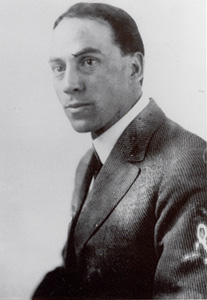Last fall, the Smithsonian Institution published Kennewick Man: The Scientific Investigation of an Ancient American Skeleton , the first comprehensive study of the most important human skeleton ever found in North America. This milestone is particularly significant due to tremendous political controversy and tribulations that scientists have faced in trying to study the remains and publish their findings since the skeleton was first unearthed in 1996.
The book contains 33 essays written by 52 authors on a plethora of subjects including the historical movement of humans into the Americas, curation of the skeleton, skeletal morphology and pathology, orthodontics, biomechanical analysis, injury patterns, burial context, 3D modeling, molding and casting methods, Early Holocene humans, identity through art, and human coastal migration from Southeast Alaska.
